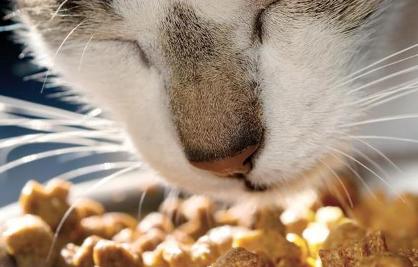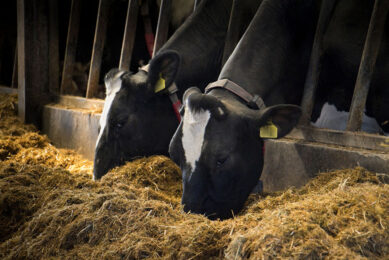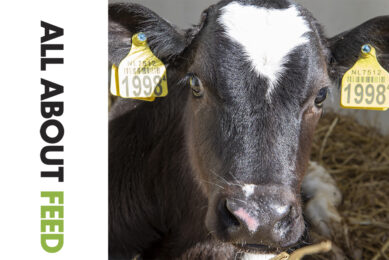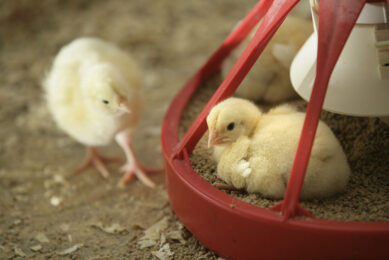Formulation of pet food: same as feed, but different

Pet food production can be compared with feed production, but it is different. Pet food is not feed and it is not food. Product development, production, the sales process, and the supply chain are different. These features require specific formulation software.
By Jean Broers, Product manager Bestmix Feed, Adifo, Belgium
Pet food is a consumer product. Pets are like humans. They deserve the best. So it is important that this is clearly demonstrated in the retail shops where the pet food is sold. This is why pet food companies invest a substantial amount of money in the marketing of their products. Every retail shop wants to have its own brand. No two pet foods are alike. This makes pet food different to feed for farm animals. Calculation, production and planning of the manufacturing process from raw material to the final product on the store’s shelf are complex processes that cannot be done without the help of specific software. Adifo has a special Bestmix version that is fully adapted to the complex pet food manufacturing process.
The specific needs of the pet food market lead also to specific requirements for the formulation or the product development software. The product developer is therefore more efficient when the formulation software contains special ‘pet food’ functions, like ‘multi-level’ products, private labels, multilingual declarations, recursive updating, evaporation, shelf life, and others.
Global approach
Most pet food producers have to deliver their products in foreign countries. This means that the declaration of the product must comply with several legal systems. This also means that the formulation software must be able to deal with local interpretations of legal systems and must be able to generate declarations in any language.
Bestmix has many general features that comply with farm animal feed and pet foods, such as global implementation because of its multi-language feature, multiple unit systems and local adaptations. Like many other programmes it has a modern and user-friendly interface, which works with Windows (XP and Vista certified). This way effective workflows are created which give the shortest way to the result.
All data are stored in a secure SQL Server database and the integration with ERP systems enables companywide data-integration. Data can be imported from existing excel worksheets allowing a fast start-up of the programme.
Production
The production process is different for dry meals or for fresh meals in tins. A final product can contain several sub-products that are produced independently. The sub-products are mixed together to compose the final recipe (Figure 1).
It is important that the product developer can take the different production steps into account when developing a new product. This can be done by a multi-level product design. This means that the product developer can design the final product, as it is filled in the packaging, and every sub-product that is produced separately, at the same time. The optimisation must optimise the composition of every sub-product in such a way that the nutritional requirements of the final product are fulfilled at the lowest cost. Every sub-compound is processed on its own during the production process. This can be a cooking process, a baking process or just a mixing process. These production and handling costs to generate the sub-products must be taken into account when optimising the final product. When a baking process is involved, also the evaporation of the sub-product must be taken into account.
A pet food programme therefore should work simply. Thus calculate pet food diets in an excel-like calculator, optimise the diets to meet all the requirements and set constraints on nutrients, ingredients or any other parameter. As shown byFigure 1the programme needs a multi-level diet design according to the process steps and split ingredients to be used on several dosing places. Furthermore, the programme should take evaporation into account during the optimisation of the diets.
Nutritional quality
To reduce the nutritional variations of the final product, the programme should take the real ingredient quality of every lot into account during production optimisation. Batch stabilisation also means on-line optimisation, based on on-line production parameters, respecting additional production rules. With the current pressure on quality control, traceability is a key feature by data logging and archiving functions.
Sales process
Every product that is produced will be delivered to a number of stores. Each store requires a product specification, based on its individual standards. This is tedious work to deliver the documents in the proper layout and content. An integrated declaration function can generate these product specifications automatically. When this is properly set-up, all information for the private labels will be generated automatically.
Ingredient supply
To control the ingredient flow in the plant, it is important that production plans have the ability to display a bill of material reports, resolving every included sub-product. Only in this way is it possible to have the complete overview in one action.
On the quality control issue the programme is able to make verification reports; check the quality of the active products, based on the current ingredient quality. Or provide a recursive update; update the nutrient profiles of the included diets, and the main diets, based on actual ingredient quality with generation of all reports. Furthermore substitution of ingredients with alternatives should be possible with generation of all the reports.
Feed Tech Vol. 13 No. 1
Join 26,000+ subscribers
Subscribe to our newsletter to stay updated about all the need-to-know content in the feed sector, three times a week. Beheer
Beheer









 WP Admin
WP Admin  Bewerk bericht
Bewerk bericht